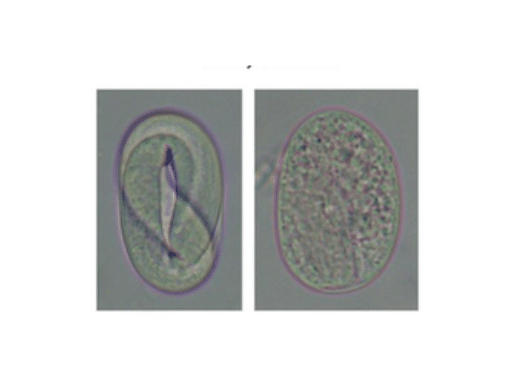STRONGYLOIDES
Strongyloides stercoralis is a human pathogenic parasitic roundworm causing the disease strongyloidiasis. Its common name in the US is threadworm. In the UK and Australia, however, the term threadworm can also refer to nematodes of the genus Enterobius, otherwise known as pinworms.
LIFE CYCLE
The life cycle of this parasite is more complex than that of most nematodes, with its alternation between free-living and parasitic cycles, and its potential for autoinfection (the parasite has the ability to complete its life cycle without the involvement of another host) and multiplication within the host. The parasitic cycle is homogonic, while the free-living cycle is heterogonic. The heterogonic life cycle is advantageous to the parasite because it allows reproduction in the absence of a host.

TREATMENT
Ivermectin is the drug of choice for treatment, due to its low side effect profile.[20] Albendazole is also effective in treating strongyloidiasis. Mebendazole has a much higher failure rate in clinical practice than albendazole or ivermectin.[21] However, these drugs have little effect on the autoinfective larvae. Hence, repeat treatments with ivermectin or albendazole must be administered to kill newly matured parasites that have developed from the autoinfective larvae. This means a full treatment dose every two weeks until all larvae capable of maturing into adults have been extirpated. Follow-up stool samples, potential additional treatment, and blood tests are necessary to ensure a cure.[22]


